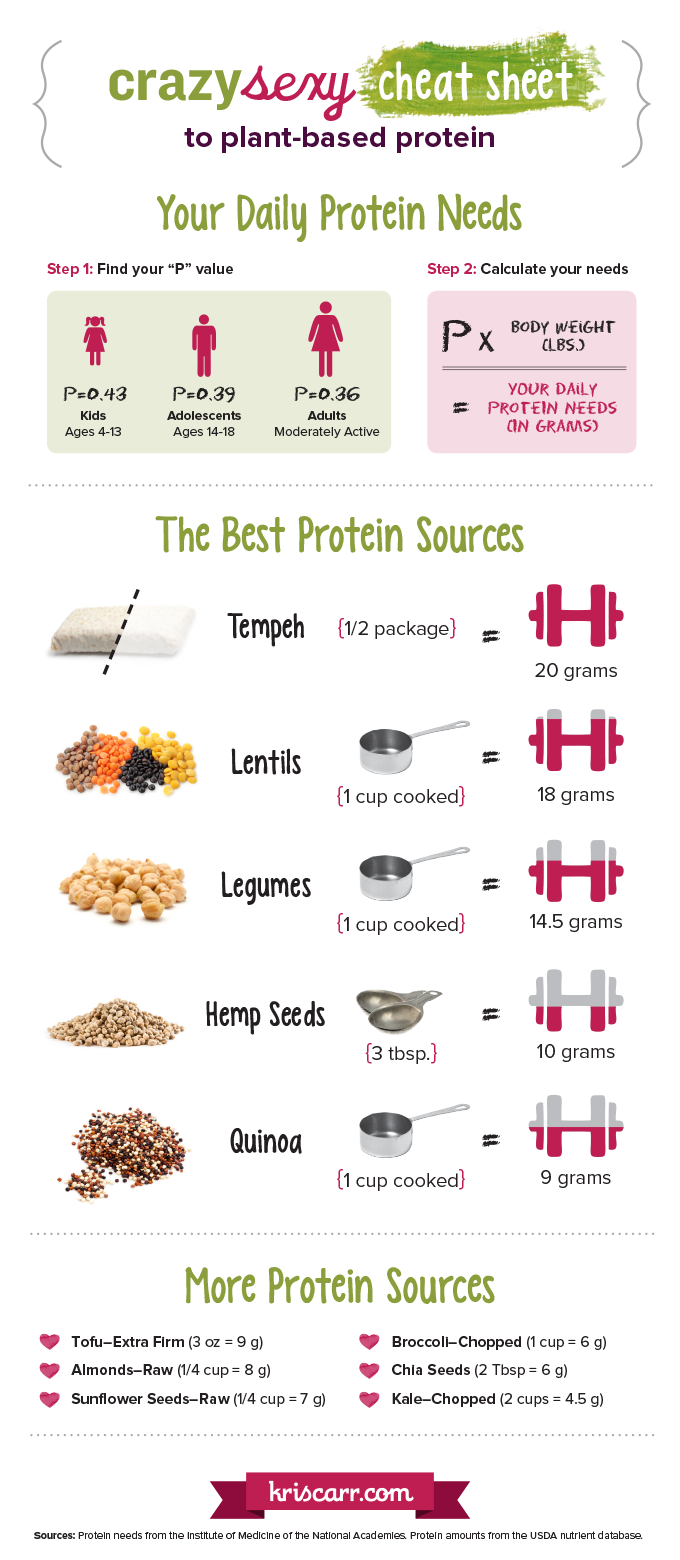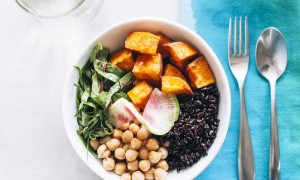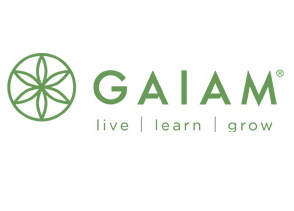If you’re vegetarian or vegan, you’ve most likely been asked the pervasive question, “How do you get enough protein?” This is a common misconception, but perhaps you’re curious how to incorporate more plant-based proteins into your diet. Thankfully, wellness activist and cancer thriver Kris Carr has outlined the information beautifully, as you’ll see below. Be sure to check out our upcoming SERENE Salon for inside tips on vegan cooking!
By Kris Carr -
Today we’re tackling the topic of protein, which can be a touchy subject in the health world—especially when it comes to animal vs. plant-based protein. And just so you know, this blog isn’t about converting you to veganism or even vegetarianism. It’s about helping you make healthier, more conscious food choices. No judgement. Just knowledge and love.
I’ve written a lot about animal and plant-based protein in the past, so I looked back at Crazy Sexy Diet and Crazy Sexy Kitchen while writing this post. I’ve updated some fantastic excerpts from these books, added a bunch of tips and even created a handy infographic for you!
Let’s dive right in and tackle some common protein myths and questions…
Myth: The more protein in your diet, the healthier and stronger you’ll be.
The belief that we need enormous amounts of protein to be healthy and strong is one of the most pervasive myths in America. In fact, overdosing on protein is one of the reasons we’ve become so unhealthy. Studies show that as protein consumption goes up, so do the rates of chronic disease. Hello, inflammation! In truth, protein deficiency is virtually nonexistent in industrialized countries.
Is protein important? Absolutely! But as you just read, in large quantities it could actually harm your health. The trick is to upgrade the proteins we consume and to make safer choices on a regular basis.
How much protein do you really need?
The USDA’s recommended daily allowance is about 0.36 gram of protein for every pound of body weight (so, at 130 pounds, you’d need about 47 grams of protein daily). I’ve also broken down how to calculate your protein needs and the best plant-based protein sources in my infographic below. Please note: If you’re an athlete trying to build muscle, are pregnant or lactating, or are under physical stress, use 0.45 when calculating protein needs (so, at 130 pounds, you’d need about 59 grams of protein daily). Reality check: The average American adult consumes between 100 and 120 grams of protein every day. Not only is that nearly two to three times what we need, it comes mostly from high-fat animal products.

How easily can I meet my protein needs with a plant-based diet?
Here’s how a moderately active adult who weighs 140 pounds could meet their protein needs (50 grams per day):
- Breakfast: 12 ounces green juice = 2 grams protein, ½ avocado on 1 piece Ezekiel toast = 8 grams protein
- Snack: 1 cup raspberries and ¼ cup raw almonds = 9 grams protein
- Lunch: Large green salad with ½ cup black beans, ¼ cup raw sunflower seeds with olive oil and brown rice vinegar dressing = 15 grams protein
- Snack: 10 rice crackers and raw veggies dipped in ½ cup hummus = 13 grams protein
- Dinner: Broccoli stir-fry served over ½ cup brown rice = 6 grams protein
- Snack: Green apple with chamomile tea = 1 gram protein
TOTAL: 54 grams protein
So clearly, if you’re eating a well-balanced plant-based diet—meaning you’re consuming a wide variety of high-quality foods, like vegetables, greens, sprouts, legumes, tempeh, beans, nuts, grains, and so on—then you will certainly meet your protein needs. Even the higher protein needs of pregnant and breast-feeding women, and athletes can easily be met just by eating more of the good stuff.
Do I need to be concerned about eating complete proteins?
Proteins are long strings of amino acids. There are twenty different amino acids you need for good health, but our bodies can only make eleven of them. The remaining nine are referred to as essential amino acids. Because we can’t make them, it is essential for us to get them from our diet. Foods that contain all nine essential aminos are known as complete proteins, although they are not necessarily better protein sources.
While animal flesh is a complete protein, it’s also “complete” with potentially harmful saturated fat and cholesterol, plus hormones, antibiotics, and oftentimes other unsavory party poopers like E. coli. And unlike their plant-based counterparts, they lack phytonutrients, water, antioxidants, enzymes, and fiber. And did you know that many plants have complete proteins? Can you say quinoa, soy products, buckwheat, and hemp seeds? Other plant proteins are only slightly incomplete, so as long as you’re eating a variety of them you’ve got a complete protein powerhouse. You don’t even have to eat them all at the same meal or even on the same day.
Animal-Based Protein: The Bigger Picture
Whether or not a particular food is healthy for us doesn’t solely stem from its nutritional value. It’s also about how your dinner got to your plate. When evaluating the health consequences of animal products we must also consider the way the critters were raised and treated. Compassion aside, this is about your well-being.
How an animal is cared for from birth to slaughter truly, madly, deeply affects your body. Unhealthy animals create unhealthy food. The unsanitary and inhumane practices of factory farms threaten our food supply. Would you knowingly drink from a polluted well? We must remember that we humans are at the tippy top of the food chain. This means that we eat everything that the critter below us ate and below them ate and so on.
What if you want to include animal products in your diet?
That’s your choice and I totally honor it (and you!). My advice: keep it to a minimum (two or three times per week), as a garnish or side dish, and make the best selections. According to the American Dietetic Association, a portion of meat shouldn’t be larger than a deck of cards, or the palm of your hand (about 3 ounces).
In addition, do your best to say “no way” to factory-farm products. Instead, look for the Certified Humane Seal, which is the gold standard in farming. As for seafood, Food and Water Watch is a terrific resource to learn what seafood products are safest and, therefore, healthiest. Unfortunately, farm-raised fish often experience similar confinement and health issues. As for wild fish, our oceans aren’t what they used to be and as a result, high levels of mercury (especially in deepsea fish) and other heavy metals are abundant.
And once you embrace the deliciousness of plant-based cooking, there’s a entire world of whole foods (filled with all the protein you need) waiting to be experienced and savoured.
Originally posted on KrissCarr.com.
-Art via We Heart It















No Comments